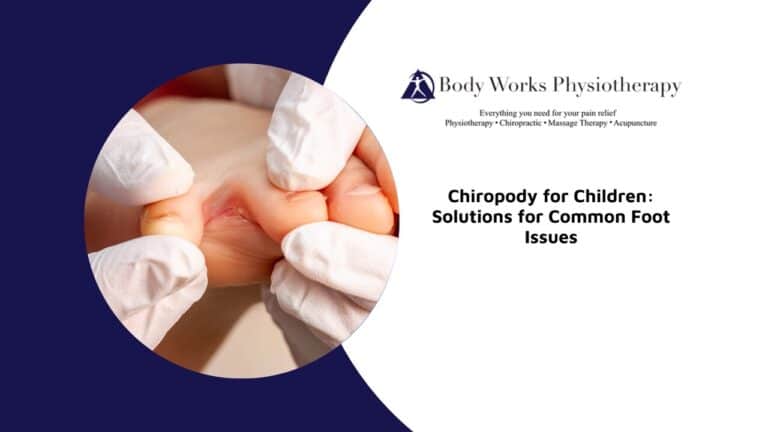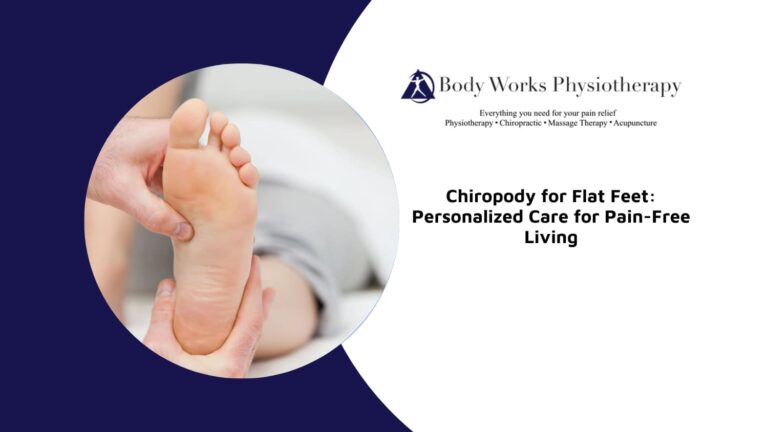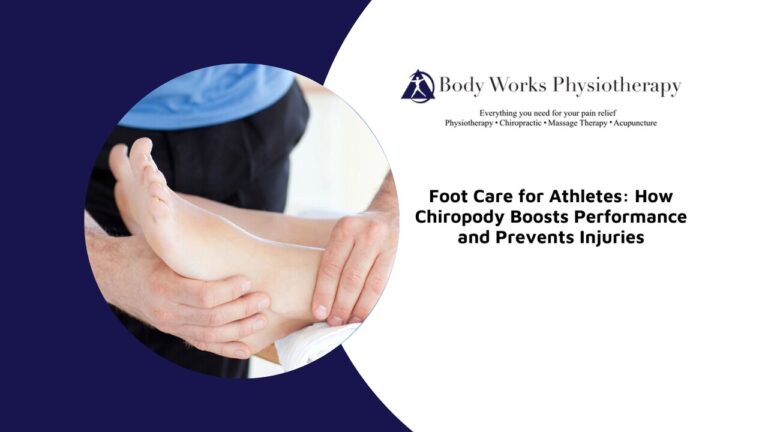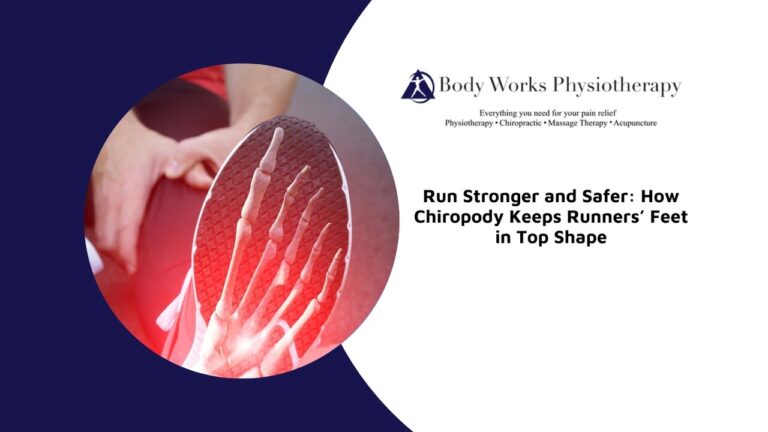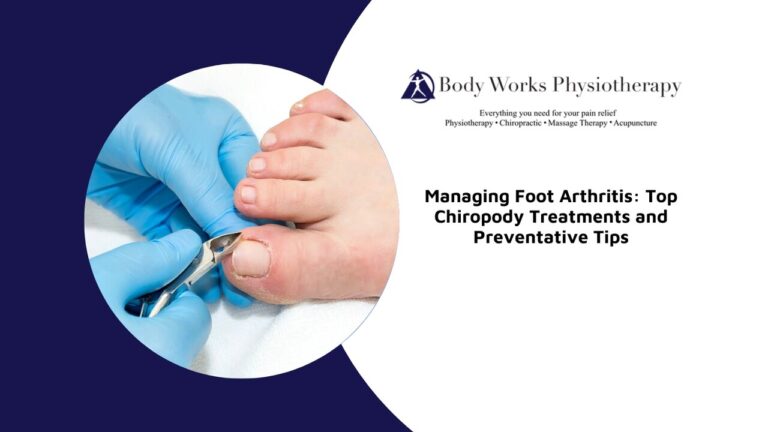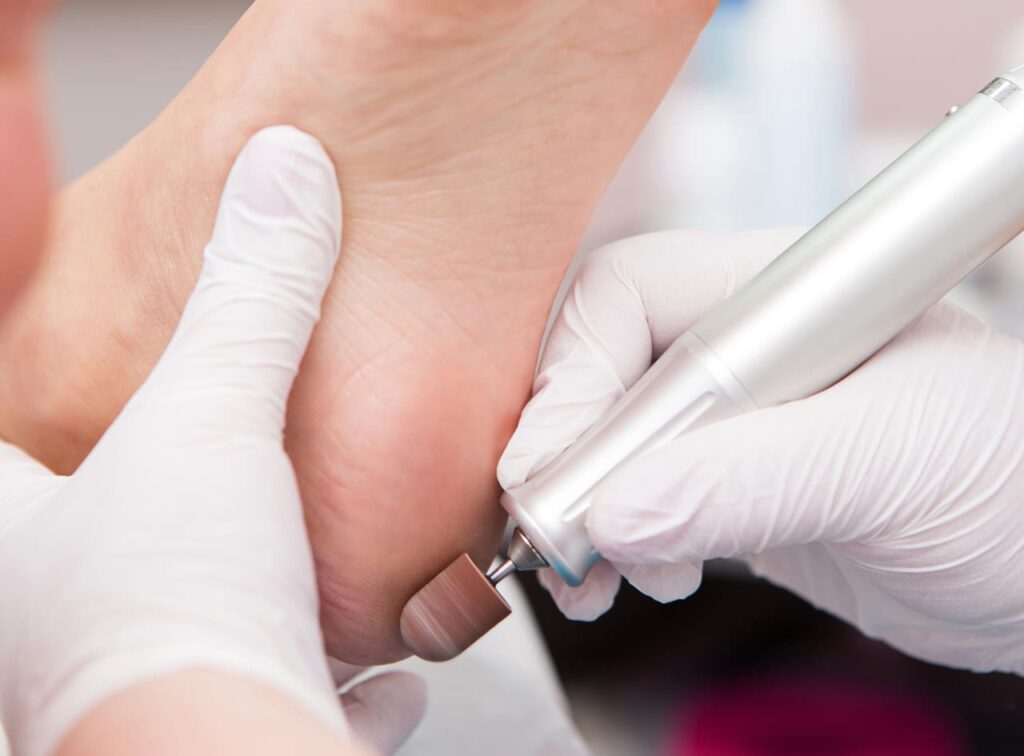
Heel pain can be more than just a nuisance — it can impact your mobility, affect your daily routines, and make even simple activities uncomfortable. Whether caused by plantar fasciitis, a heel spur, or years of biomechanical strain, this type of pain often stems from issues that go beyond the surface. In this blog, we’ll explore how chiropody offers a comprehensive, personalized approach to treating heel pain by targeting the root causes, not just the symptoms. From assessment to long-term prevention, discover how this specialized form of care supports healthier, pain-free movement.
Understanding Chiropody
Chiropody is a specialized branch of healthcare focused on assessing and treating conditions that affect the feet and lower limbs. Chiropodists are trained professionals who address everything from skin and nail concerns to more complex musculoskeletal and biomechanical issues. Their role is essential in helping people walk, move, and function without pain. Whether it’s acute discomfort or a long-standing condition, chiropodists play a key role in identifying the source of foot-related issues and developing personalized plans to address them.
Benefits of Chiropody for Heel Pain
Chiropody offers several targeted benefits for individuals experiencing heel pain, especially when the discomfort limits mobility or daily function. Rather than applying generic pain management strategies, chiropodists take a specialized, hands-on approach.
Key benefits include:
- Accurate Assessment of the Root Cause: Chiropodists use clinical assessment and gait analysis to pinpoint the specific reason behind heel pain, whether it’s plantar fasciitis, heel spurs, or a tendon-related issue.
- Personalized Treatment Plans: Treatments are tailored to the individual’s foot structure, biomechanics, and lifestyle, ensuring that care is specific and effective.
- Pain Reduction and Symptom Relief: Through techniques like soft tissue therapy, orthotics, or shockwave therapy, chiropodists work to relieve inflammation and ease discomfort.
- Improved Mobility and Function: As pain subsides, people often experience increased freedom of movement, making walking, standing, or exercising more comfortable.
- Long-Term Foot Health: By correcting the root issue rather than masking symptoms, chiropody promotes lasting improvements and helps prevent chronic or recurring heel pain.
Seeing a chiropodist early on can make a significant difference in managing pain and avoiding long-term complications.
Common Causes of Heel Pain That Chiropodists Treat
Chiropodists commonly treat a wide range of conditions that contribute to heel pain. Many of these problems stem from repetitive strain, poor footwear, or biomechanical imbalances that place excess stress on the heel over time.
Some of the most frequent causes include:
- Plantar Fasciitis: Inflammation of the thick band of tissue that runs along the bottom of the foot, often causing sharp pain with the first steps in the morning.
- Achilles Tendinitis: Irritation or overuse of the Achilles tendon where it attaches to the back of the heel.
- Heel Spurs: Bony growths that develop on the underside of the heel bone, often associated with chronic strain or tight calf muscles.
- Bursitis: Inflammation of the fluid-filled sacs (bursae) that cushion the heel, often resulting from pressure or repetitive impact.
- Biomechanical Issues: Conditions like flat feet, overpronation, or high arches that alter foot mechanics and place strain on the heel.
- Improper Footwear: Shoes lacking support or cushioning can contribute to heel pain, especially with prolonged standing or walking.
- Overuse Injuries and Age-Related Changes: Repetitive impact from sports or age-related degeneration can also lead to persistent heel discomfort.
Identifying the specific cause of heel pain is critical, and chiropodists are trained to assess these contributing factors thoroughly.
Heel Pain Relief: Treatments Used by Chiropodists
Chiropodists use a variety of evidence-based treatments to reduce heel pain and address its underlying causes. The approach is always tailored to the individual’s needs, based on the severity, duration, and root of the condition.
Common treatments may include:
- Stretching and Strengthening Exercises: To improve flexibility and correct muscle imbalances contributing to heel strain.
- Massage Therapy and Soft Tissue Release: To relieve tension and improve circulation in the affected area.
- Shockwave Therapy: A non-invasive treatment that stimulates tissue repair and reduces pain, particularly effective in chronic cases.
- Custom Orthotics: Designed to support foot structure, distribute pressure evenly, and correct biomechanical faults.
- Supportive Footwear Recommendations: Guidance on choosing shoes that reduce strain on the heel and improve overall foot support.
- Padding, Taping, or Bracing: Temporary supports to relieve pressure and promote healing.
- Corticosteroid Injections or Specialist Referrals: In cases that don’t respond to conservative care, further interventions may be advised.
This multi-modal approach ensures that both the symptoms and root causes of heel pain are properly addressed.
How Does Chiropody Differ From Other Treatments for Heel Pain?
Chiropody stands out for its comprehensive and personalized approach. While general practitioners may focus on symptom relief through medication or basic advice, chiropodists go deeper. They assess the structure and movement of the foot, identify the biomechanical cause of heel pain, and implement a targeted treatment plan.
Whereas over-the-counter solutions may offer temporary relief, chiropody focuses on long-term outcomes. Their expertise in lower limb mechanics ensures that clients receive care tailored to their individual needs, leading to better results and reduced recurrence of pain.
This detailed, root-cause-driven model is what makes chiropody such an effective option for managing heel pain.
Chiropody Session for Heel Pain: What to Expect
A chiropody session is designed to provide both immediate support and long-term strategies for managing heel pain. People can expect a structured and professional experience from the first appointment.
Here’s what typically happens during an initial session:
- Medical History Review: The chiropodist will ask about your current symptoms, general health, lifestyle, and any previous foot or ankle injuries to better understand your situation.
- Physical Examination: This includes palpation of the heel, assessment of the arch and surrounding structures, and testing for tenderness, flexibility, and movement restrictions.
- Gait Analysis: Your walking pattern will be observed to identify any biomechanical issues that may be contributing to heel strain or poor load distribution.
- Assessment and Treatment Plan: Once the root cause is identified, the chiropodist will explain your condition clearly and offer a customized treatment plan based on the findings.
- Initial Pain Relief Measures: The session may include interventions like taping, soft tissue therapy, stretching guidance, or footwear advice to start managing pain right away.
- Education and At-Home Advice: You’ll receive instructions on how to manage your symptoms between visits, including exercises, activity modifications, or footwear recommendations.
This process sets the stage for a well-informed and proactive approach to treatment and recovery.
Chiropody for Heel Pain: The Role of Custom Orthotics
Custom orthotics play a central role in many chiropody treatment plans for heel pain, especially when the root cause involves poor biomechanics or structural imbalances.
Here’s how orthotics help:
- Precision Fit for Maximum Support: Unlike over-the-counter inserts, custom orthotics are made from moulds of your feet, ensuring they match your unique arch, heel contour, and pressure points.
- Correct Biomechanical Imbalances: They address issues like overpronation, flat feet, or uneven weight distribution — all of which can contribute to heel stress and irritation.
- Redistribute Pressure: Orthotics help spread weight more evenly across the foot, reducing localized strain on the heel and relieving pain during walking or standing.
- Enhance Comfort in Daily Activities: Whether you’re on your feet all day for work or engaged in physical activity, orthotics provide cushioning and support that reduce fatigue and pain.
- Prevent Future Flare-Ups: By correcting faulty foot mechanics, orthotics not only treat current heel pain but also lower the risk of it recurring.
Chiropodists often combine orthotics with other treatments to create a well-rounded plan that promotes both immediate relief and long-term recovery.
Can Chiropody Help Prevent Chronic Heel Pain or Related Foot Conditions?
Absolutely. Chiropody not only treats current heel pain but also focuses on preventing it from returning. Prevention is a key focus of chiropodists, who use their clinical expertise to identify risk factors and educate individuals on how to manage them.
By addressing the root causes — whether structural, mechanical, or lifestyle-related — chiropodists help reduce the chances of developing chronic conditions like plantar fasciitis, Achilles tendinopathy, or degenerative joint issues. Their guidance on proper footwear, custom orthotics, stretching routines, and load management empowers people to take an active role in their foot health.
Taking a proactive approach with chiropody can mean fewer flare-ups, less downtime, and healthier feet long term.
Walk, Run, and Perform Pain-Free
If you’re dealing with heel pain that won’t go away, working with a chiropodist can make all the difference. Through a combination of hands-on care, custom orthotics, and biomechanical insight, chiropody helps address both the immediate discomfort and the factors that caused it in the first place. Whether your goal is pain relief, injury prevention, or simply moving more comfortably, a chiropody plan tailored to your needs can help you take that next step with confidence. Contact the team at Body Works Physiotherapy in Scarborough today to learn more or book your assessment.

